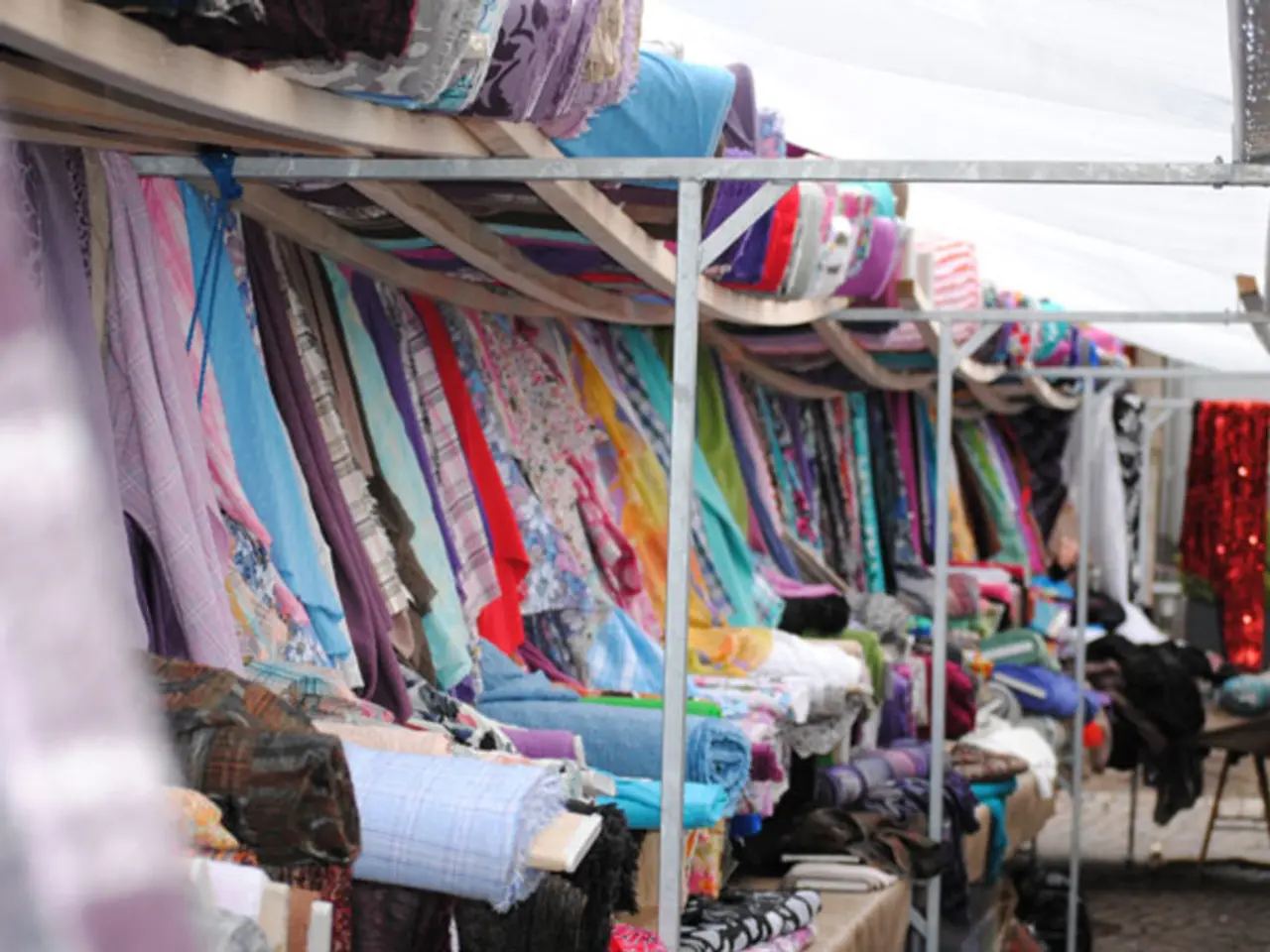Steer Clear of Certain Garments for a More Enjoyable Hiking Expedition
Preparing for a Hike: Dressing for Success
Hiking can be an exhilarating experience, but it's essential to dress appropriately to ensure comfort, safety, and optimal performance. Here are some tips to help you avoid common clothing mistakes that hikers often make.
Firstly, it's crucial to choose technical hiking gear designed for trekking conditions rather than casual or other sportswear. Opt for moisture-wicking base layers, insulating mid-layers, and waterproof shells to adapt to changing weather.
Avoid cotton clothing, which holds moisture and can cause discomfort. Instead, opt for synthetic or merino wool materials that manage moisture better and dry faster. Layering your clothing properly is also essential for temperature regulation.
When it comes to footwear, it's important to either break in your hiking boots before the trip or choose lighter trail runners for long distances to reduce discomfort. For pants, durable and reinforced hiking leggings or pants with flat seams and protection for common wear spots help maintain comfort and durability on the trail.
It's also advisable to pack only essential clothing items that can be layered and re-worn to avoid overpacking and excess weight. In cold weather, dressing in layers is particularly important to avoid common clothing mistakes like wearing light down jackets instead of robust ones for cold, potentially severe conditions.
Remember to always carry rain gear to protect against sudden downpours. If you're hiking in sunny conditions, consider Category 3 sunglasses for normal sunrays, and Category 4 sunglasses for stronger sunrays and high glare. These sunglasses should filter out 98% to 100% of UV radiation.
To further enhance your hiking experience, consider wearing moisture-wicking shirts made from synthetic fabrics or merino wool. In hunting areas, wear blaze orange vests during hunting season, keep your dog on a leash and attach a bell to its collar, and make noise while hiking.
It's also worth taking the time to delve into the details behind different clothing brands and products, then experimenting to discover what best suits your needs. Avoid jewelry, as it can snag on branches or brambles when navigating tight spaces, and can prove to be an uncomfortable fashion choice on the trail.
Lastly, avoid cotton underwear while hiking due to its lack of moisture-wicking properties and durability. Instead, opt for synthetic fabrics, merino wool, or seamless designs. Wool socks are generally kinder on the skin since they dry quickly and are adept at regulating heat.
By following these guidelines, you can improve your comfort, safety, and performance on hikes, and make the most of your outdoor adventures. Happy hiking!
[1] Outdoor companies have spent years researching and producing clothing to combat chafing, regulate heat, protect consumers from UV rays, and increase hiker visibility. [2] If you cannot afford to purchase high-quality clothing, see if you can rent or borrow from a friend. [3] Wearing bright colors on high-risk trails can help hunters, emergency responders, and disease-carrying ticks locate you. [4] It is worth taking the time to delve into the details behind different clothing brands and products, then experimenting to discover what best suits your needs. [5] Avoiding waxed jackets is recommended because they tend to be stiff, heavy, and less suitable for hiking needs.
- For an enhanced hiking experience, consider exploring fashion-and-beauty brands that offer moisture-wicking shirts made from synthetic fabrics or merino wool.
- To ensure your safety and comfort during sports activities, it's advisable to invest in home-and-garden products like waterproof shells and sports sunglasses with UV protection to safeguard against harsh weather and sunlight.




